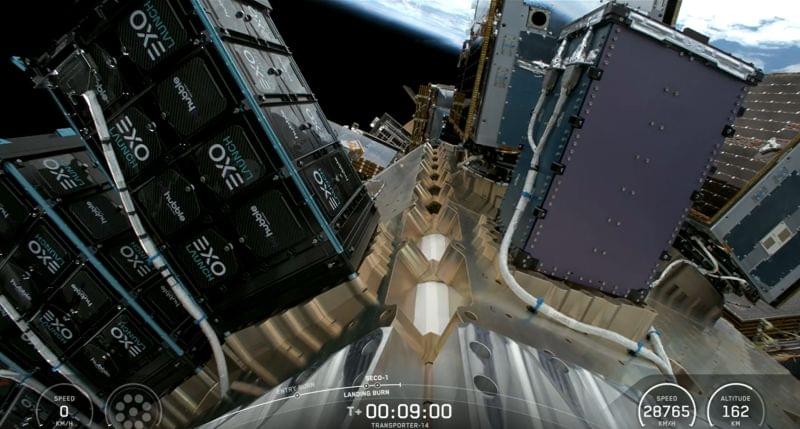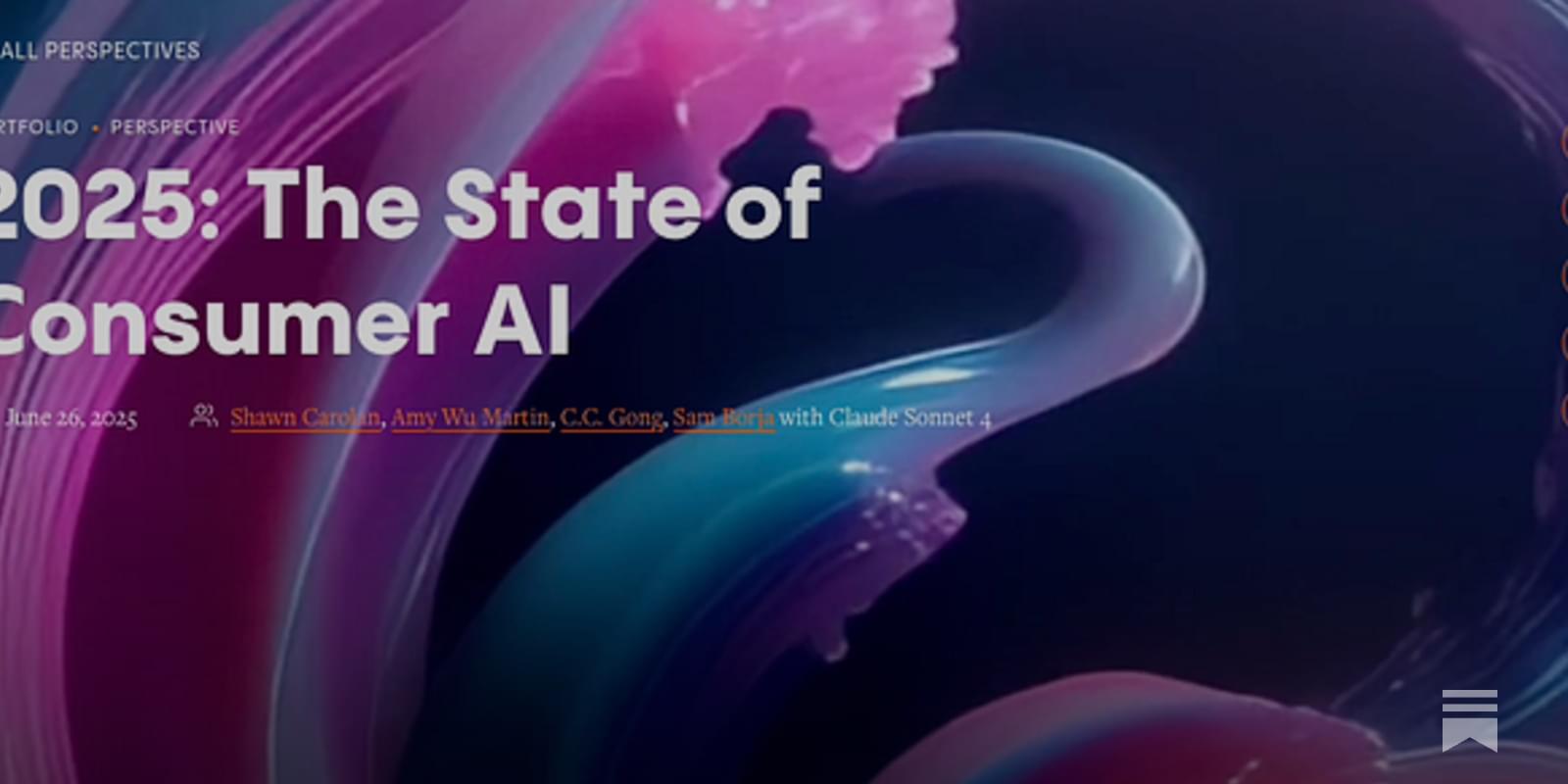A new report says that chips made by TSMC Arizona are being sent back to Taiwan for packaging, fulfilling demand coming from the AI markets.




As humans, we rely on all sorts of stimuli to navigate in the world, including our senses: sight, sound, touch, taste, smell. Until now, AI devices have been solely reliant on a single sense—visual impressions. Brand-new research from Duke University goes beyond reliance only on visual perception. It’s called WildFusion, combining vision with touch and vibration.
The four-legged robot used by the research team includes microphones and tactile sensors in addition to the standard cameras commonly found in state-of-the-art robots. The WildFusion robot can use sound to assess the quality of a surface (dry leaves, wet sand) as well as pressure and resistance to calibrate its balance and stability. All of this data is gathered and combined or fused, into a single data representation that improves over time with experience. The research team plans enhance the robot’s capabilities by enabling it to gauge things like heat and humidity.
As the types of data used to interact with the environment become richer and more integrated, AI moves inexorably closer to true AGI.
Join Mari in rationally understanding and accepting humanity’s transition to AI superintelligence.
How to steer toward a positive AGI future

In-space manufacturing is a relatively new field that seeks to utilize the unique characteristics of outer space and/or low-Earth orbit to achieve fabrication methods not possible on Earth. Space Forge’s primary goals are to produce semiconductors for data center, quantum, and military use cases, using “space-derived crystal seeds” to initiate semiconductor growth, utilizing unlimited vacuum and subzero temperatures for manufacturing, and then returning the chips to Earth for packaging.
The ForgeStar-1 satellite will not bring the cargo it manufactures back to Earth at the completion of its mission. Acting more as a proof-of-concept and prototype for a litany of technologies engineered by Space Forge, the satellite will be tasked with running through the successful application of key technologies for in-space manufacturing, and will end its mission with a spectacular fireball.
Space Forge plans to test both the best-case and worst-case scenarios for the satellite’s recovery. First, it will deploy its proprietary Pridwen heat shield and on-orbit controls to steer the satellite, and then test its failsafe mechanism, which involves disintegrating the craft in orbit.

Berkeley unveils a $5K open-source humanoid robot built from 3D-printed parts, empowering anyone to learn, build, and customize robotics.


“This collaboration will not only position Texas Tech to address the evolving demands of the energy and technology sectors, but will also create meaningful educational opportunities for our students and research possibilities across many disciplines,” said Texas Tech University President Lawrence Schovanec.
In addition to internships and training programs, the project includes a dedicated academic and research facility with classrooms, offices and conference space for students and faculty across the university system.
Fermi America has also pledged to support a long-term excellence fund to advance research, promote academic priorities and expand student success initiatives throughout all five institutions in the Texas Tech University System.